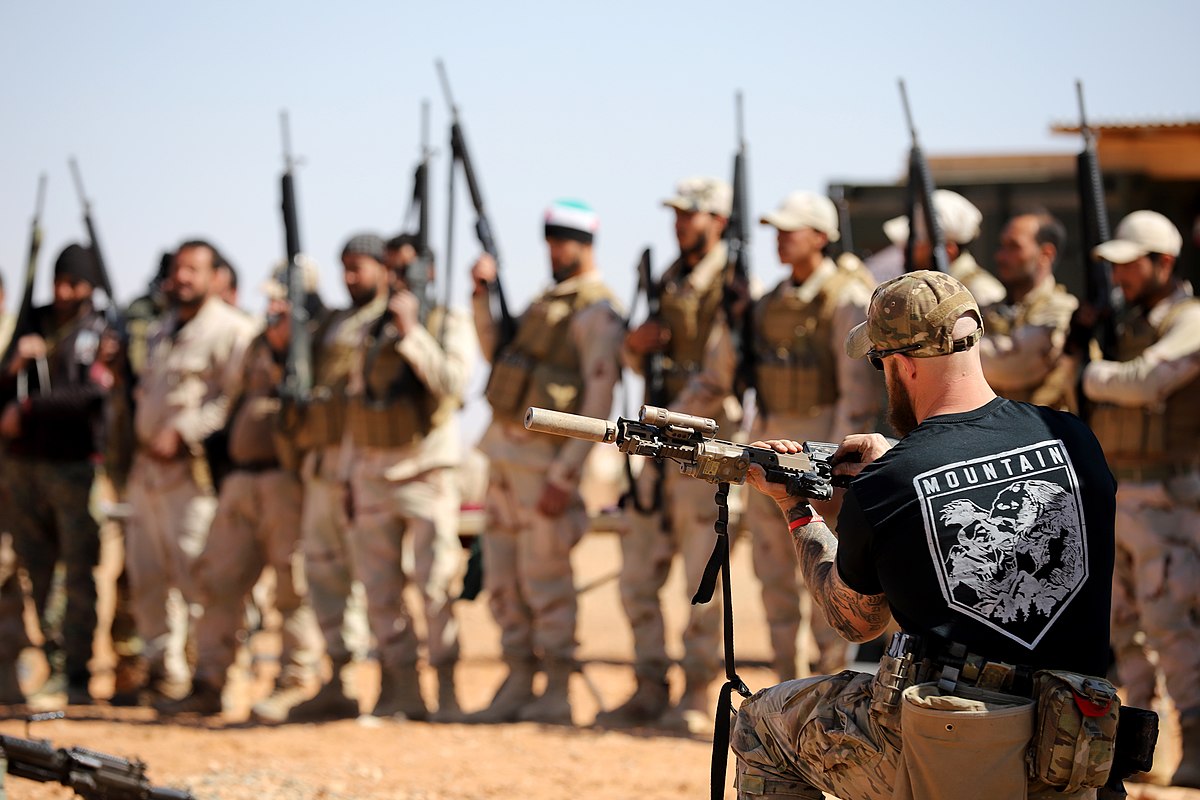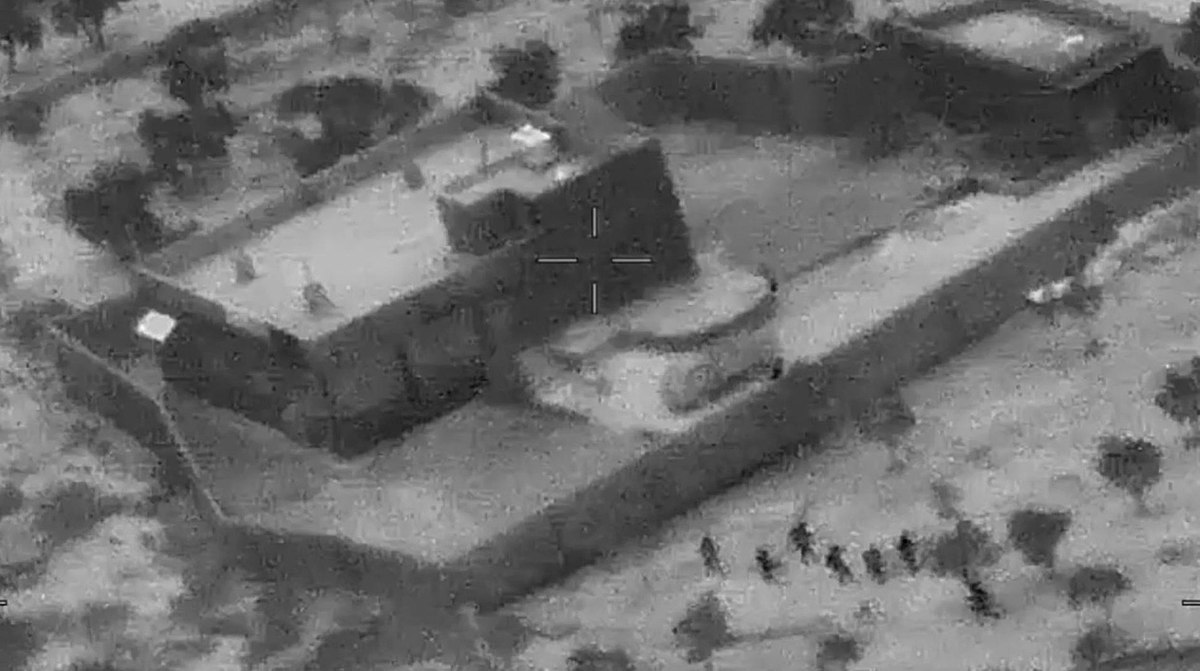Abu Hasan al-Hashimi al-Qurashi, the leader of the Islamic State (ISIS)—also known as ISIL, Daesh, or IS—has been killed in combat, the terrorist group announced on Wednesday, November 30th.
At the apex of its power in 2014, ISIS controlled approximately forty percent of Iraq and about a third of Syria. By 2017, the group had lost direct control over most of its territory. However, the threat posed by the group remains in the form of terrorist cells and pockets of insurgency.
ISIS did not elaborate much on the circumstances of its leader’s death but did announce a successor.
ISIS leader killed
On Wednesday, a representative of the terrorist group said that its leader, Abu Hasan al-Hashimi al-Qurashi, had been killed. Abu Hasan was an Iraqi who became the third caliph of the so-called Islamic State on October 31, 2019.
Abu Omar al-Muhajer, a spokesperson for the group, did not give many details on Abu Hasan’s death, but announced, “he was killed while struggling against the enemies of God.”
The announcement appeared as an audio message on the ISIS media outlet, al-Furqan. Abu al-Hussein al-Husseini al-Qurashi was named Abu Hasan’s successor in the statement.
The US Central Command (CENTCOM) also confirmed that the caliphate leader had been killed on Wednesday. According to CENTCOM, his death occurred in mid-October. CENTCOM said that “this operation was conducted by The Free Syrian Army in Dar’a province in Syria.”
The Free Syrian Army (FSA) is a loose grouping of armed factions opposed to both ISIS and the government of President Bashar al-Assad in the Syrian Civil War.

Impact
The CENTCOM press release stated that the death of its leader is “another blow” to ISIS. The White House’s press secretary, Karine Jean-Pierre, said that US military personnel were not involved in the operation to kill the ISIS leader.
John Kirby, the spokesman for the US National Security Council, commented: “We certainly welcome the news of the death of another ISIS leader. I don’t have any additional operational details to provide at this time.”
Abu Hasan’s death is the second time this year that a prominent member of the Islamic State’s upper echelons has been killed. In February, the group’s previous leader, Abu Ibrahim al-Qurashi, was eliminated by US special forces. One of al-Qurashi’s lieutenants was also killed in the raid.
The caliphate’s first leader was likewise killed during a US military operation. In October 2019, US special forces conducted a raid in Syria’s Idlib Province. During the operation, special forces located and pursued ISIS leader Abu Bakr al-Baghdadi.
Al-Baghdadi fled into a tunnel and detonated a suicide vest, killing himself and three young children he had taken with him.
It is unclear to what extent the death of its third caliph will impact ISIS operations. The group has sustained the loss of its leadership on two previous occasions but remained capable of posing a threat.
According to an analysis by the Small Wars Journal, “The move to decentralized, flexible, adaptive networks limits the ability of the United States and its allies to effectively conduct strikes against terrorist sanctuaries, while maximizing the unpredictability and effectiveness of global terror organizations.”
Nevertheless, ISIS has been unable to replicate the success it had on the battlefields of Syria and Iraq between 2014 and 2017. Instead, it now functions as a militant terrorist organization.

The situation in Syria and Iraq
Even though ISIS collapsed as a territorial entity in 2017, the security situation in Syria and Iraq remains unpredictable.
In Syria, the US and Coalition forces continue to fight against the remnants of ISIS and their affiliate groups. Pro-Assad forces control most of the country, backed by Russia and Iran. Kurdish militias control the second largest portion of the country in the northeast from Rojava.
In the north, the Turkish military, together with the Syrian National Army (SNA), occupies just under nine thousand kilometers of Syrian territory. From here, they launch operations against ISIS but also the Kurds.
Recently, Turkish forces targeted Kurdish groups with airstrikes and artillery fire after blaming them for a terrorist attack in Istanbul. Ankara is now reportedly considering another ground offensive.
A similar degree of instability exists in Iraq, and ISIS remains active in the country. For example, an Iraqi army position in the northwestern governorate of Kirkuk was attacked by militants in November. Four Iraqi soldiers were killed.
Iraq, like Syria, continues to be a source of tension between competing external actors. Iranian Quds Force operators are active in the region, as are a residual force of US personnel still based in the country.
Turkey has maintained a permanent military presence in northern Iraq since 2018. There are approximately five to ten thousand Turkish personnel in the region.
Although ISIS no longer directly rules large sections of Iraq and Syria, terrorist cells affiliated with the group remain operational across the region. ISIS affiliates are also active across the Greater Middle East and Africa.
Source : GreekReporter









